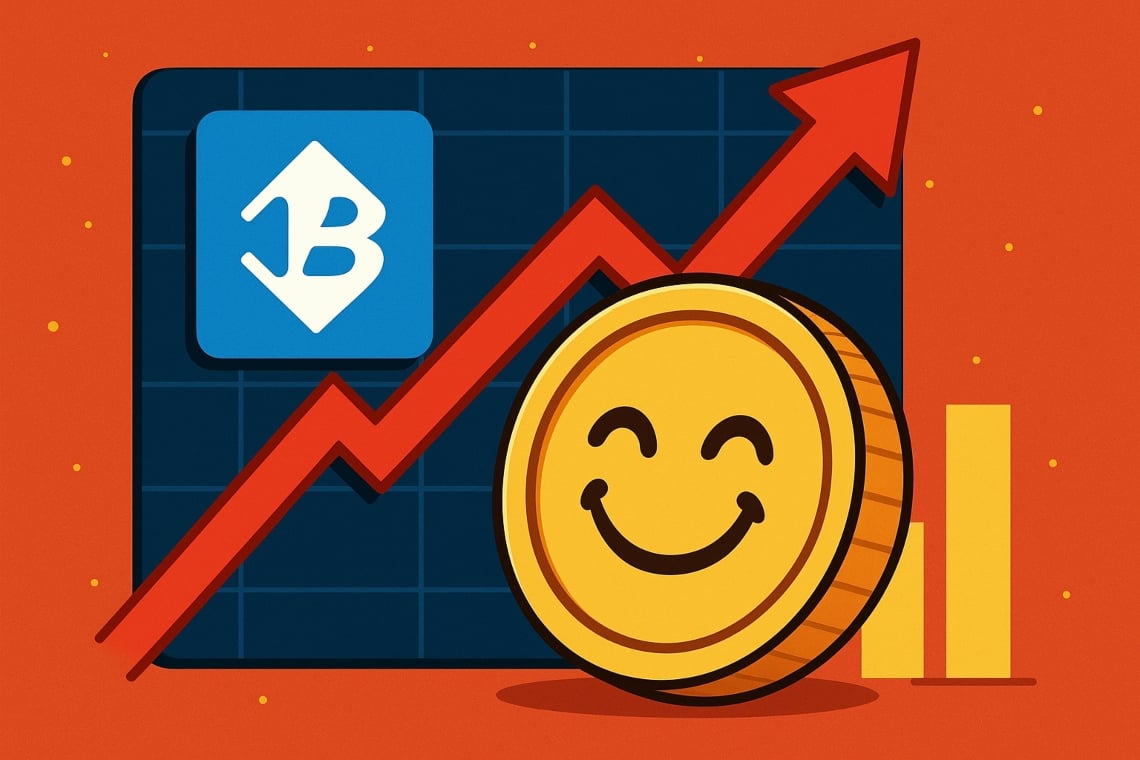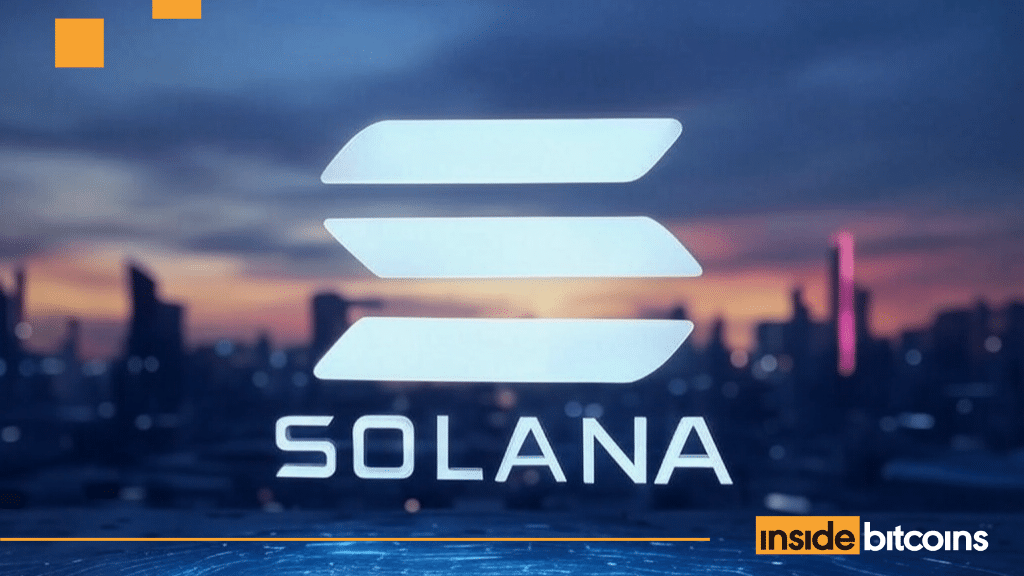Nvidia‑supplier SK Hynix books full 2026 capacity, rides booming AI memory demand


SK Hynix has maxed out its entire 2026 production capacity as orders for its high‑bandwidth memory chips continue to surge from global AI clients like Nvidia and Google.
The South Korean chipmaker announced record‑breaking results for the third quarter, powered by a relentless demand for its HBM products that fuel generative AI servers.
The company said its revenue hit ₩24.45 trillion ($17.13 billion), compared to analyst forecasts of ₩24.73 trillion, while operating profit reached ₩11.38 trillion, narrowly missing estimates of ₩11.39 trillion.
Still, those numbers mark an astonishing 39% increase in revenue year‑on‑year and a 62% jump in profit. On a quarterly basis, sales climbed 10%, and profit rose 24%.
SK Hynix also confirmed that its quarterly profit exceeded ₩10 trillion for the first time. Shares in Seoul surged more than 5%, extending their 2024 rally to over 210%.
SK Hynix said, “As demand across the memory segment has soared due to customers’ expanding investments in AI infrastructure, SK Hynix once again surpassed the record‑high performance of the previous quarter due to increased sales of high value‑added products.”
The firm added that it has already sold out its planned supply of memory chips for 2026, underscoring the scale of AI‑driven demand from its data‑center clients.
SK Hynix expands AI memory leadership with next‑gen HBM4 rollout
SK Hynix said it would begin supplying its next‑generation HBM4 chips in the current quarter, following final negotiations with several major customers.
The HBM4 chips mark the company’s sixth generation of high‑bandwidth memory and are expected to deliver faster data transfer speeds for next‑generation AI accelerators.
HBM, or high‑bandwidth memory, sits under the DRAM category, which is used to store data and program code in everything from servers and workstations to consumer electronics.
But AI has changed the balance of the memory market; HBM is now the beating heart of data‑center infrastructure, linking GPUs and CPUs to handle massive AI workloads.
SK Hynix’s dominance comes from its early lead in HBM technology and its close supply ties with Nvidia, the world’s biggest AI chipmaker.
It remains Nvidia’s main supplier of advanced memory, a position that competitors Samsung and Micron are still fighting to reach. Micron has started shipping HBM products to Nvidia, and Samsung recently passed Nvidia’s qualification tests for its own next‑gen memory chip, signaling intensifying competition ahead.
Despite that, CFO Kim Woohyun said SK Hynix would “continue to strengthen our AI memory leadership by responding to customer demand through market‑leading products and differentiated technological capabilities.” The company is doubling down on AI memory, confident that the boom is far from over.
Market share dominance and AI‑fueled demand forecast
According to Counterpoint Research, SK Hynix held a 38% share of the global DRAM market by revenue in Q2, overtaking Samsung in the first quarter and widening its lead through mid‑year.
In the HBM market, the company’s grip is even stronger, with a 64% global share as of the second quarter, while the entire market expanded 178% year‑on‑year.
Research director MS Hwang from Counterpoint said the HBM market could hit $43 billion by 2027, giving firms like SK Hynix significant profit leverage. “For SK Hynix to continue generating profits, it’ll be important for the company to maintain and enhance its competitive edge,” Hwang said.
Ray Wang, lead semiconductor analyst at Futurum Group, added that SK Hynix is likely to maintain around 60% of the global HBM market next year, supported by its technological edge and relationships with major AI players like Nvidia, Google, and other hyperscale customers.
Want your project in front of crypto’s top minds? Feature it in our next industry report, where data meets impact.





